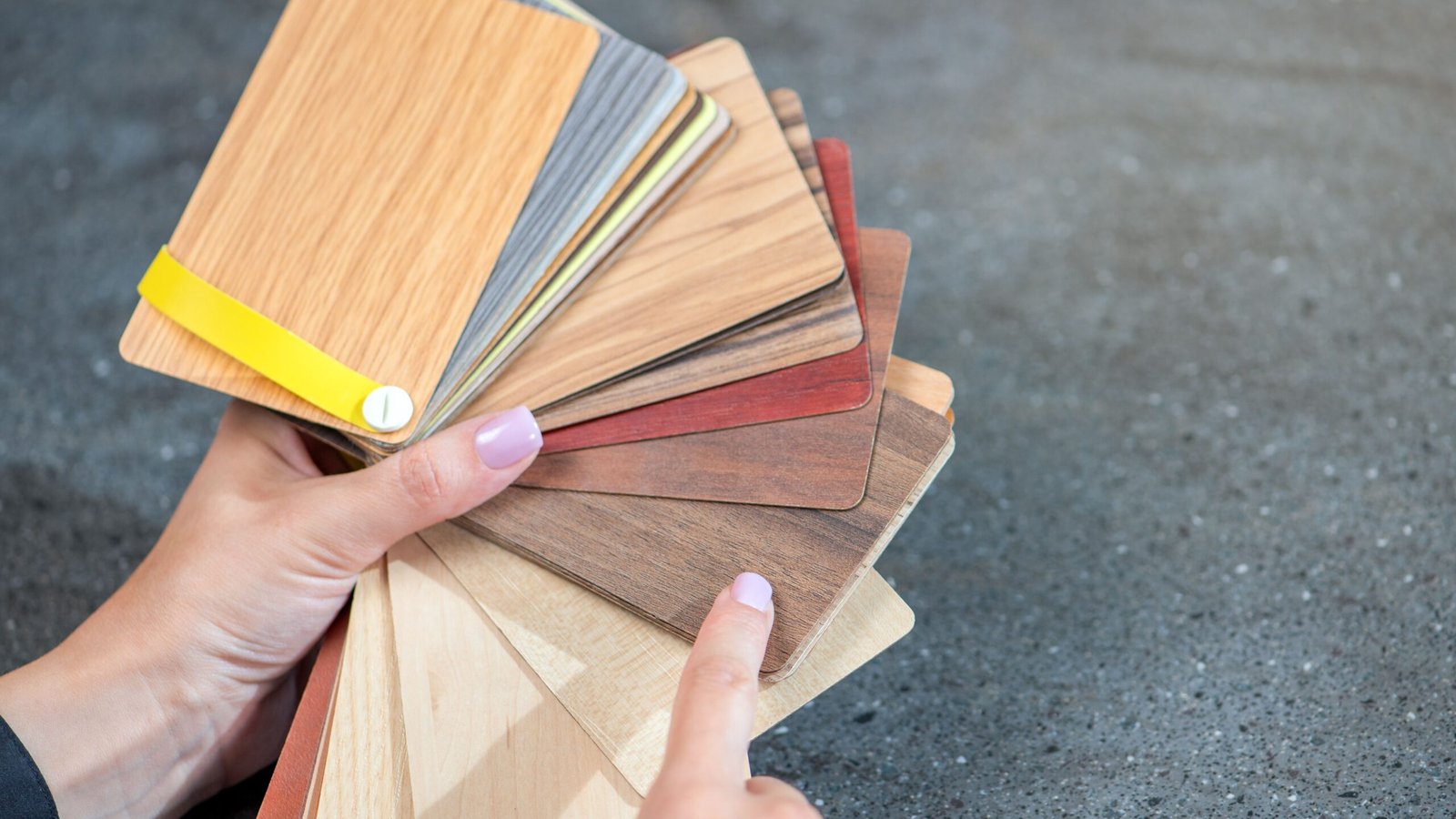HPL Panels (High Pressure Laminate Panels) have become one of the most reliable and versatile materials in modern construction and design. Architects, interior designers, contractors, and even homeowners are increasingly choosing HPL because it offers durability, resistance to wear, and attractive finishes at a reasonable cost. From toilet cubicles and lockers to kitchen countertops and exterior cladding, HPL has proven its worth in Oman, the GCC region, and worldwide.
This guide provides a deep dive into what HPL panels are, their benefits, limitations, applications, cost considerations, and practical tips to help you make the right choice for your projects.
What is HPL (High Pressure Laminate) ?
Definition and Meaning
High Pressure Laminate (HPL) is a surface material created by compressing multiple layers of kraft paper impregnated with resin under high pressure and heat. This process produces dense, durable sheets that are resistant to moisture, scratches, and impact.
How HPL is Manufactured
-
Kraft paper layers are soaked in phenolic resin.
-
A decorative top layer is added (with solid colors, wood grains, or patterns).
-
A protective overlay is placed to improve wear resistance.
-
These layers are compressed under high heat (150°C+) and pressure (over 1,000 psi).
-
The result: compact, non-porous, and highly durable HPL panels.
Read More : HPL Toilet Cubicles

Key Benefits of HPL Panels
Durability and Strength
-
Long-lasting material suitable for heavy-use environments.
-
Can withstand daily wear and tear in public spaces.
Water and Moisture Resistance
-
Perfect for humid climates like Oman.
-
Does not swell, warp, or delaminate when exposed to moisture.
Scratch and Impact Resistance
-
Resistant to scratches and dents from daily use.
-
Ideal for schools, malls, and gyms with high traffic.
Wide Range of Colors and Designs
-
Available in wood patterns, solid colors, and textured finishes.
-
Allows architects and designers to match any design theme.
Hygiene and Easy Maintenance
-
Non-porous surface prevents bacterial growth.
-
Easy to clean with basic detergents.
Drawbacks of HPL Compared to Other Materials
-
Not fully heat-proof: Direct exposure to flames may cause damage.
-
Cost vs basic laminates: More expensive than standard laminates, but more durable.
-
Installation requirements: Needs professional installation for best results.
Main Applications of HPL Panels
Toilet Cubicles
-
HPL is the most common material for restroom partitions.
-
Withstands constant cleaning and humidity.
HPL Lockers
-
Perfect for gyms, schools, and sports complexes.
-
Rust-free alternative to metal lockers.
Laboratory Furniture
-
Resistant to chemicals, acids, and solvents.
-
Ideal for universities, research centers, and hospitals.
Internal Doors
-
Scratch-resistant and easy to maintain.
-
Stronger and more hygienic than wooden doors.
Kitchen Tops and Vanities
-
Resistant to stains and moderate heat.
-
Affordable alternative to granite or quartz.
Interior Wall Cladding
-
Adds modern aesthetics while protecting walls from damage.
-
Easy to sanitize—suitable for healthcare facilities.
Exterior Cladding
-
UV-resistant and weatherproof.
-
Perfect for Oman’s hot and humid climate.
Outdoor Furniture and Pergolas
-
Withstands outdoor weather without fading or rotting.
-
Used for garden furniture, pergolas, and decking.
Sustainability and Eco-Friendly Aspects of HPL
-
Manufactured with sustainably sourced paper.
-
Long lifespan reduces replacement needs.
-
Many brands now produce low-emission, eco-certified HPL.
Cost Analysis of HPL Panels vs Alternatives
-
HPL Panels: Medium price, long lifespan, low maintenance.
-
Wood: Cheaper upfront, but prone to swelling, termites, and rot.
-
Marble/Granite: Expensive, heavy, but premium aesthetic.
-
PVC Panels: Affordable, but less durable and not eco-friendly.
Read More : Why Use HPL for Vanities and Countertops?
Comparison Table: HPL vs Wood, Marble, and PVC
| Feature | HPL Panels | Wood | Marble/Granite | PVC Panels |
|---|---|---|---|---|
| Durability | High | Medium | Very High | Low |
| Water Resistance | Excellent | Poor | Excellent | Medium |
| Scratch Resistance | High | Low | Medium | Low |
| Aesthetic Variety | Very High | Medium | Low | Low |
| Maintenance | Easy | Difficult | Medium | Easy |
| Cost | Medium | Low | High | Low |
| Eco-Friendly Options | Available | Yes | Yes | No |
How to Choose the Right HPL Panels (Tips for Architects and Buyers)
-
Define the application: Restrooms, labs, kitchens, or outdoors.
-
Check thickness and density: Thicker panels are stronger.
-
Choose appropriate finishes: Gloss, matte, or textured.
-
Verify certifications: Fire-resistance, antibacterial, or eco-certifications.
-
Work with reliable suppliers: Ensure warranty and installation support.
Frequently Asked Questions (FAQ)
1. Is HPL waterproof?
Yes, HPL panels are highly water-resistant and suitable for wet areas.
2. How long do HPL panels last?
Typically 15–20 years with proper care.
3. Can HPL be used in kitchens?
Yes, for countertops, cabinets, and vanities.
4. What is the difference between HPL and standard laminates?
HPL is denser, stronger, and more durable than low-pressure laminates.
5. Is HPL heat resistant?
It withstands moderate heat but not direct flames.
6. Can HPL panels be customized?
Yes, they come in various thicknesses, colors, and textures.
7. Is HPL eco-friendly?
Many manufacturers offer eco-certified HPL made from sustainable materials.
8. What industries use HPL most?
Education, healthcare, hospitality, and commercial construction.
9. Can HPL be used outdoors?
Yes, with UV-resistant and weatherproof grades.
10. How do you clean HPL panels?
Use mild detergents and soft cloth; avoid harsh abrasives.
HPL Panels combine durability, style, and practicality, making them the material of choice for architects, designers, and contractors in Oman and beyond. From toilet cubicles and lockers to kitchens and exterior cladding, HPL is versatile, hygienic, and cost-effective.
Visit Our Website Modon Business today for premium HPL solutions tailored to your next project.


